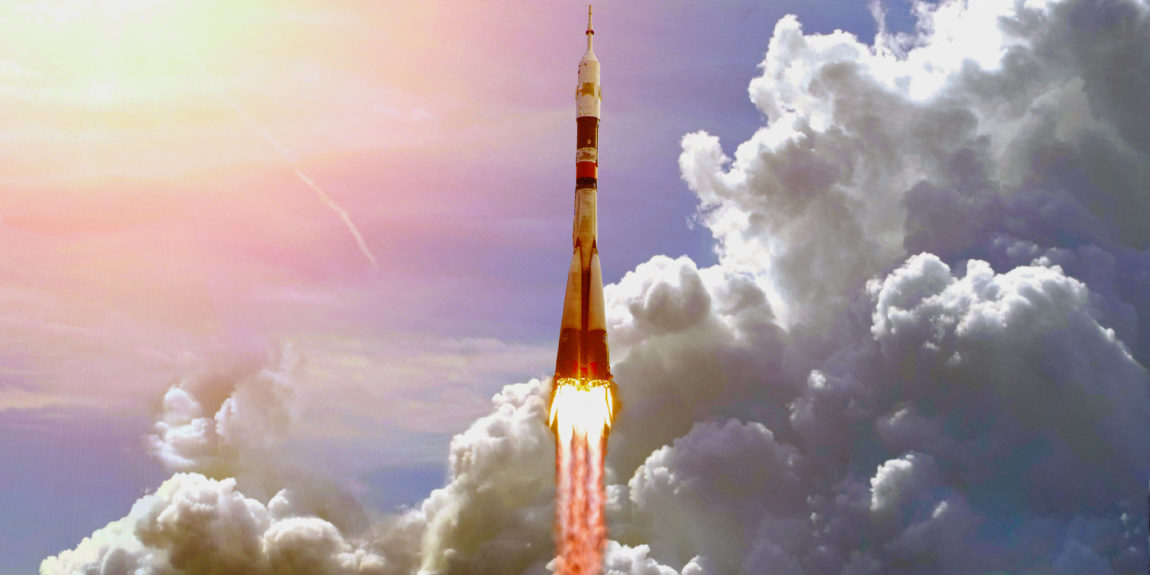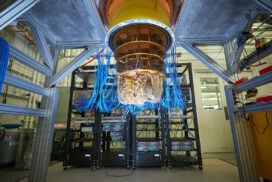Space: the line between militarisation and weaponisation
Sorin Ducaru

About 2.400 operational spacecrafts are currently in orbit, a number expected to increase by up to 10 times over the next years due to the deployment of large constellations of satellites. Indeed, space assets are more and more vital for our digital society and both private and governmental users are heavily investing in space to provide key advantages compared to other commercial competitors or nations.
A sustainable space environment is therefore essential for the exploitation of the associated services while two aspects clearly threaten its guaranteed open use.
Firstly, the space debris are today noted as worrying while in future their number, following the trend of deployed satellites, will be a huge challenge to cope with on some Low Earth Orbits (LEO): the current procedures used to avoid collisions, based on phone calls and mails, will have to be largely improved and today the concept of space traffic management is thus emerging. The “Guidelines for the Long-term Sustainability of Outer Space Activities”, approved by the UN Committee on the Peaceful Uses of Outer Space in June 2019, represent a first milestone towards a rule-based system. The EU’s initiative for Safety, Security and Sustainability of Outer Space (3SOS), as presented in September 2019 at the Earth Observation Summit in Paris, by Carine Claeys, Special Envoy for Space, aims at developing a sustainable space environment while the EU Space Surveillance & Tracking program is the first European operational step. To support this change of paradigm, large investments will be required to improve space situational awareness, particularly surveillance and tracking. Since space is a common good, an international approach is needed and cooperation in that field is a must.
Secondly, space technologies are supporting both civilian and military activities. They are inherently dual use. Space capabilities contribute to defence information superiority and enable other military assets in providing services for intelligence, reconnaissance, communication, timing and positioning. The increasing use of space assets to support security and defence objectives including military functions has led to the use of term such as “space militarization”.
Conceptual clarity is important, however. Militarisation is different for weaponisation of space. The first concept refers to supporting military activities (just as civilian ones) through telecommunications, geo-location and earth observation based on space capabilities. It has been an important function from the early days of space technological development, very much like the use of other new technologies as military enablers. Military weapons are the ones aim at achieving the operational effects. Therefore, “space weaponization” would be indeed a game changer, since it points to achieving direct military operational effects through space capabilities.
Whereas the use of space assets to support and safeguard the national strategic interests and military enabling functions, is essentially unavoidable and in line with enabling functions of other technologies, the weaponization of space is quite another dimension, which cannot be excluded from any strategic foresight study but with some important (and potentially strategic) consequences that need to be thoroughly analysed and addressed.
Numerous examples of spoofing, jamming or laser dazzling of telecom or navigation and positioning satellites show the dangers of space abuse. Evolving technologies, such as orbit rendezvous can be exploited to approach a satellite and spy on it, or even damage its functionality. Thus, limiting potential hostile operations against satellites is becoming a military objective, while staying in the frame of the 1967 Outer Space Treaty’s principles.
As a consequence, the protection and defence of satellites is also becoming a priority, opening the way to a new field for an arms race. It is interesting to note that the creation of Space Commands in some space faring nations, but not only, is demonstrating the emerging concept of “space deterrence”. Space is indeed becoming an operational military domain, as the recent NATO space policy highlights.
In conclusion, the space domain is increasingly competitive and the need to use it for civil and military applications is an exponential trend. Space is also becoming more congested and contested, potentially limiting its future use. The balance between these two aspects will greatly depend on the cooperation between nations as well as public and private actors, but also on the allocated financial resources to develop and operate the needed technologies ensuring the free use of space.
The EU Satellite Centre (SatCen) in Torrejon Madrid, which I have the honour to lead, has a dual enabling function:
The core function is that of providing “security from Space” to Earth, through its highly responsive, adaptive and valued geospatial intelligence focused activity.
SatCen is also providing “security for/in Space”, acting as service front desk and user interface within the EU Space Surveillance & Tracking program, aimed to evolve towards Space Situational Awareness. Both functions are based on cutting edge technology.
In the EU, space is recognized as a priority for both, the development of commercial services but also for its key support to security and defence where SatCen is involved. Indeed, the next Multiannual Financial Framework will increase the budget allocated to the civil EU Space Program while the new European Defence Fund will support the military Member States cooperative developments, including in space. These financial perspectives are also important for the SatCen future, the only autonomous, operational geo-intelligence institution of EU that supports the Common Foreign and Security Policy as well as Members States.

Sorin Ducaru
Since 2019, Ambassador Sorin Ducaru is the Director of the European Union Satellite Centre. He held the post of NATO Assistant Secretary General for Emerging Security Challenges. He also served as Romania’s ambassador to NATO, the USA and the United Nations.






